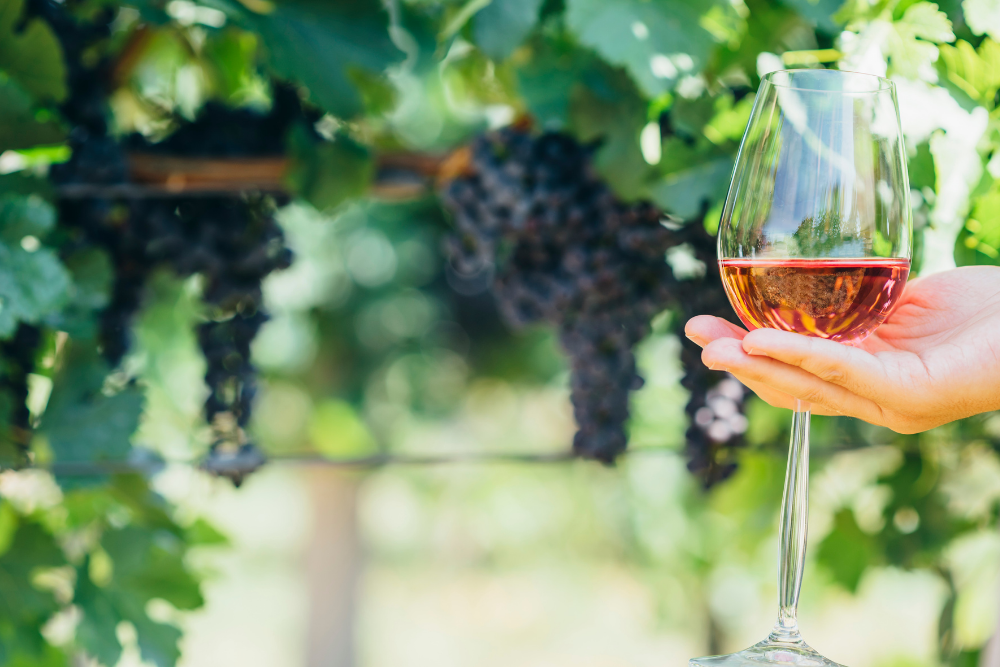Germany is known for its stunning landscapes, charming towns, and rich history, but it is also home to some of the world’s most exceptional wine regions. From its rolling hills and picturesque vineyards to its centuries-old wine traditions, Germany is a haven for wine enthusiasts. Whether you’re a seasoned sommelier or a casual wine drinker, Germany offers a unique wine experience with a variety of wines, from the crisp, fruity Rieslings to the rich, bold reds. Here’s a guide to the best wine regions in Germany.
1. Mosel Valley: The Heart of Riesling Country
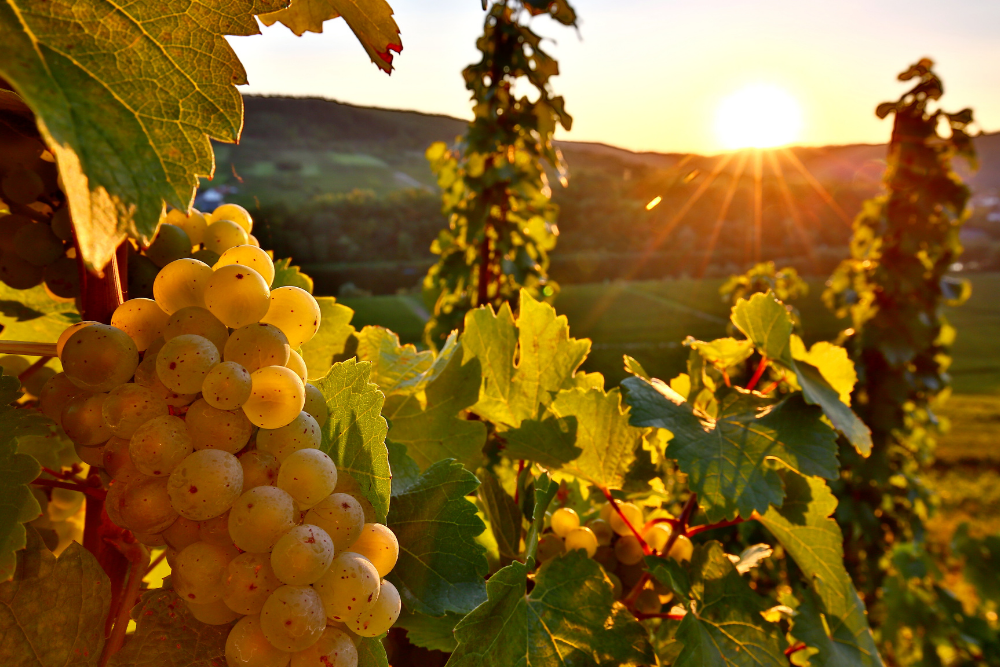
Location: Western Germany along the Mosel River
Famous for: Riesling, Pinot Noir, and Müller-Thurgau
The Mosel Valley is one of Germany’s most famous and scenic wine regions. The valley, which stretches along the Mosel River, is renowned for its steep, terraced vineyards and picturesque villages. This region is especially celebrated for its Riesling wines, which are known for their crisp acidity, floral aromas, and delicate sweetness. The Mosel produces some of the finest Rieslings in the world, ranging from dry to sweet, with many wines showcasing the unique minerality imparted by the region’s slate-rich soils.
Aside from Riesling, the Mosel is also known for producing excellent Pinot Noir and Müller-Thurgau wines. The region’s medieval castles, charming towns like Cochem and Bernkastel-Kues, and the stunning river views make it a perfect destination for wine lovers. Many wineries offer tastings, and you can even take scenic boat trips along the Mosel River to experience the vineyards from a different perspective.
2. Rheingau: A Classic Wine Destination

Location: Along the Rhine River, near Wiesbaden and Mainz
Famous for: Riesling, Spätburgunder (Pinot Noir), and Silvaner
The Rheingau region, located along the banks of the Rhine River, is one of the most prestigious and historic wine-growing areas in Germany. Known for its production of high-quality Riesling and Spätburgunder (Pinot Noir), the Rheingau boasts some of the country’s oldest and most renowned vineyards. The region’s wines are known for their elegance, with Rieslings often showing complex aromas of stone fruits, honey, and citrus, along with a crisp acidity that makes them ideal for aging.
Rheingau is home to some of Germany’s most famous wine estates, including Kloster Eberbach, which is a former Cistercian monastery and one of the oldest wine estates in Germany. Visitors can enjoy wine tastings in the beautiful surroundings of the Rheingau’s historic castles, such as Eltville Castle or Johannisberg Castle, where the views of the vineyards and the Rhine River are breathtaking.
3. Pfalz: A Region of Warmth and Diversity

Location: Southwestern Germany, near the French border
Famous for: Riesling, Dornfelder, and Gewürztraminer
The Pfalz (or Palatinate) wine region, located in southwestern Germany near the French border, is one of the warmest wine-growing areas in the country. This makes it an excellent region for growing a variety of grape varieties, including Riesling, Dornfelder, Pinot Noir, and Gewürztraminer. The region’s warm climate and diverse soils produce wines with rich fruit flavors and a well-rounded balance of acidity.
Pfalz is often overlooked compared to other more famous German wine regions, but it’s known for its welcoming atmosphere and its many family-owned wineries. Visitors can explore vineyards in picturesque towns like Bad Dürkheim and Deidesheim, where a mix of modern and traditional wineries offer tastings. The German Wine Route (Deutsche Weinstraße) runs through this region, making it easy for visitors to explore the area’s scenic vineyards, charming villages, and wine festivals, including the popular Bad Dürkheimer Wurstmarkt, one of the largest wine festivals in the country.
4. Franconia (Franken): Home of the Iconic Bocksbeutel Bottle
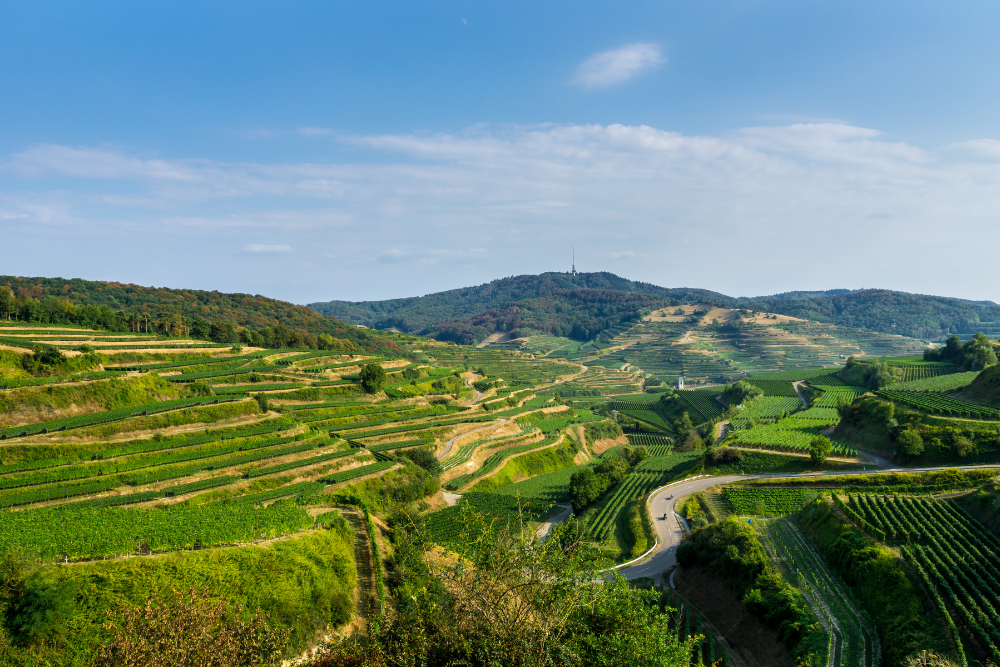
Location: Northern Bavaria
Famous for: Silvaner, Bacchus, and Müller-Thurgau
The Franconia wine region, located in northern Bavaria, is often overlooked by international wine tourists but offers a truly unique experience. Franconian wines are known for their distinct flavor profiles, often with a balance of minerality and fruitiness. The most famous wine of the region is Silvaner, a white wine that is dry and crisp, often with flavors of apple, citrus, and herbs.
Franconia is also famous for its traditional wine packaging, with many of its wines sold in the unique Bocksbeutel bottles, which are round and flat, and have become a symbol of the region’s winemaking history. Towns like Bamberg and Würzburg are popular stops for wine tourists, offering a mix of local wine tastings, medieval architecture, and beautiful vineyards. The Würzburger Stein, one of Germany’s most famous vineyards, produces exceptional Silvaner and other regional varieties.
5. Baden: Germany’s Southernmost Wine Region
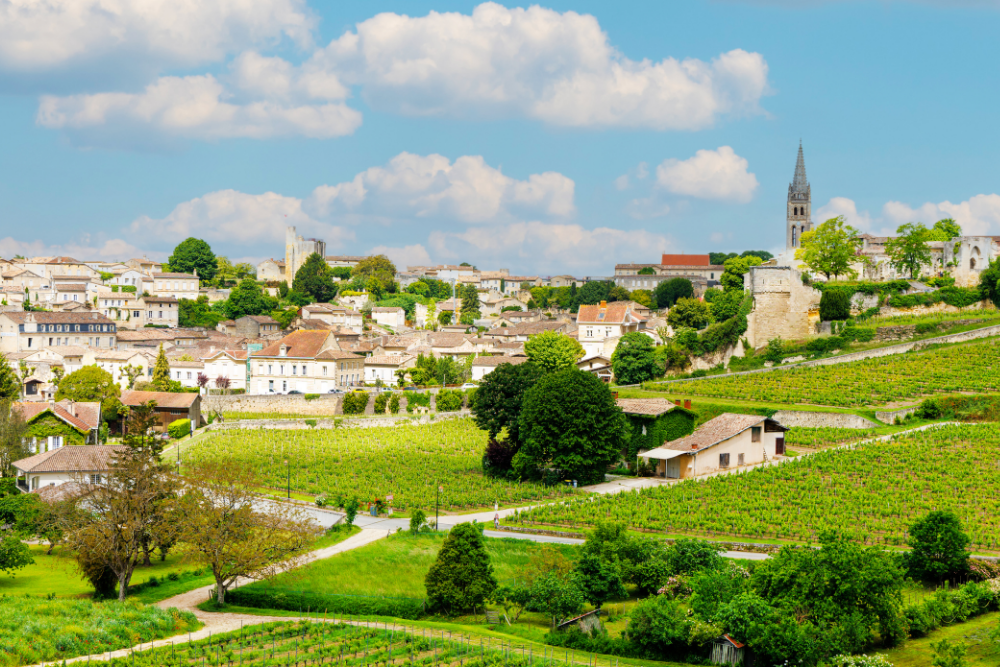
Location: Southwestern Germany, along the borders with Switzerland and France
Famous for: Pinot Noir, Pinot Blanc, and Riesling
Baden is the southernmost wine region in Germany, located along the western edge of the country, near the borders with Switzerland and France. The region’s warm climate and diverse terroirs allow for the production of a wide range of wines, but it is especially known for its high-quality Pinot Noir (locally known as Spätburgunder) and other Pinot varieties. Pinot Blanc and Pinot Gris are also produced here, as well as Riesling.
Baden’s vineyards stretch along the foothills of the Black Forest, offering beautiful views and a mix of traditional and modern wineries. The region is ideal for visitors who enjoy both wine and outdoor activities, as there are plenty of scenic hiking trails and charming towns to explore, such as Freiburg and Baden-Baden. Wine festivals and tasting tours are common here, especially in the Kaiserstuhl area, which is known for its stunning vineyards and warm microclimate.
Conclusion
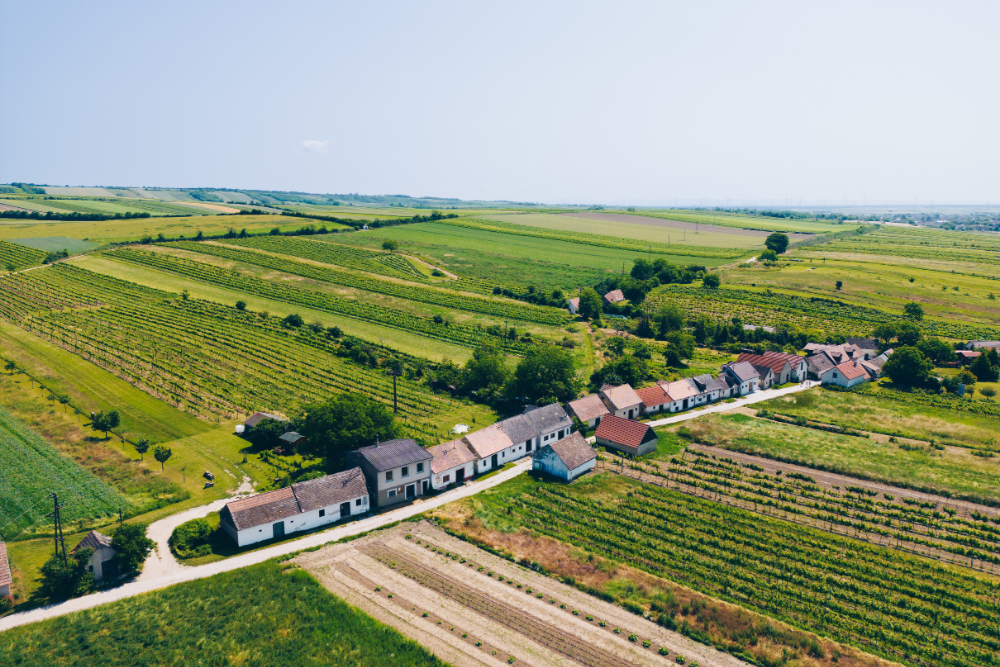
Germany’s wine regions offer a rich and diverse selection of wines, each with its unique character and charm. From the crisp Rieslings of the Mosel Valley to the warm reds of Baden, there’s something for every wine lover to enjoy. Whether you’re exploring the charming vineyards of the Rheingau or taking in the scenic views of the Pfalz, Germany’s wine regions offer an unforgettable experience for those seeking to indulge in some of the finest wines in Europe.



